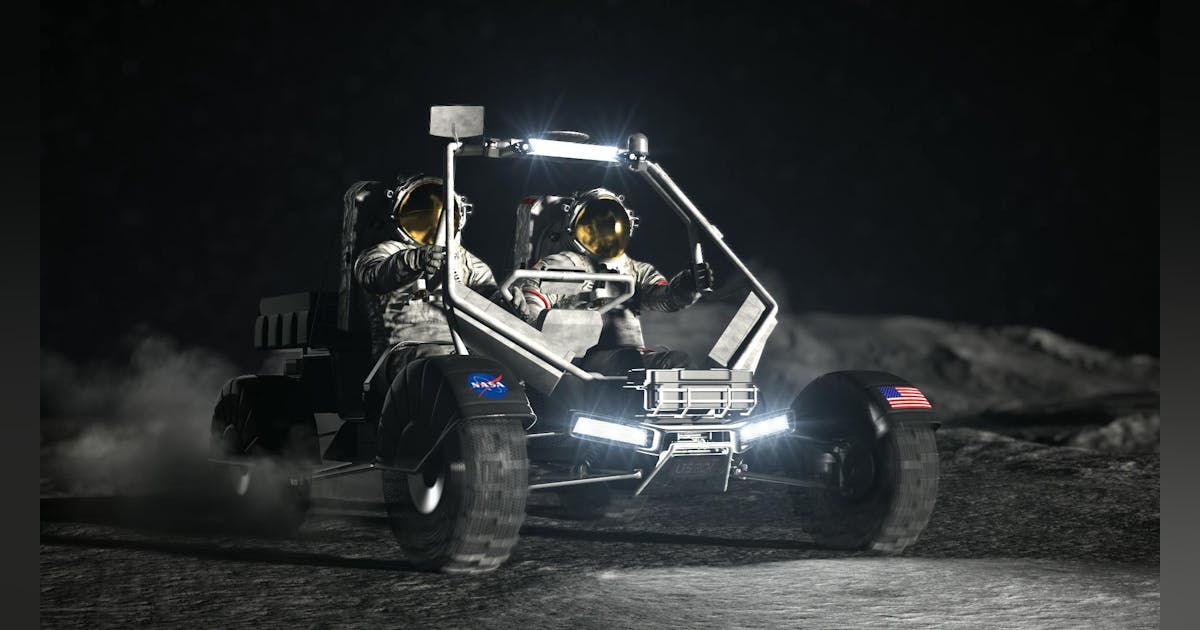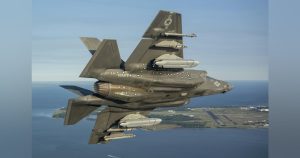NASA Selects Three New Instruments to Advance Lunar Science: What It Means for the Next Era of Moon Exploration
If you’ve ever gazed at the Moon and pondered the mysteries harbored in its pallid craters and shadowed basins, you’re in good company. NASA’s recent selection of three innovative scientific instruments for upcoming lunar missions is poised to draw us closer to unraveling profound questions about our closest celestial neighbor. These instruments aren’t merely sophisticated gadgets for researchers; they’re essential keys to discovering resources, comprehending the Moon’s history, and establishing the foundation for a sustainable human presence on its surface.
Let’s delve into what makes these new tools so remarkable, their role in the Artemis program, and why NASA’s impending lunar endeavors are captivating global attention.
The Human Dream: Back to the Moon, but Smarter than Ever
Since the era of Apollo, we’ve aspired to revisit the Moon—not just to plant a flag and leave footprints, but to remain, to investigate, and to utilize the Moon as a launchpad for Mars and beyond. Through the Artemis program, NASA aims to land the first woman and the first person of color on the lunar surface, and to establish a prolonged presence and explore uncharted regions, such as the enigmatic South Pole.
What’s different this time? Technology, ambition, and most importantly, science. These new instruments are the centerpiece of this vision.
Meet the New Instruments: The Tech That Will Transform Lunar Science
1. TRIDENT Drill (The Regolith Ice Drill for Exploring New Terrain)
Imagine trying to penetrate rock-hard ground using only a plastic shovel—now envisage doing that on the Moon, where temperatures fluctuate dramatically, and the soil (regolith) holds secrets from billions of years ago.
- What it does: TRIDENT is a meter-long drill designed to extract regolith samples from depths reaching three feet beneath the lunar surface. This isn’t just excavation for the sake of it—the aim is to analyze subsurface ice, soil temperature at various depths, and the geotechnical properties of lunar soil.
- Why it matters: Understanding what’s beneath the surface is vital for future lunar bases. Is there water ice that we can convert into drinking water or rocket fuel? How stable is the ground for construction or landing heavier spacecraft? TRIDENT’s data will help answer these questions—and more.
- Who’s behind it: Honeybee Robotics, now part of Blue Origin, is spearheading development, reflecting NASA’s collaboration with private industry.
2. MSOLO (Mass Spectrometer Observing Lunar Operations)
Ever engage with a detective game? MSOLO embodies that concept—analyzing molecular “fingerprints.”
- What it does: This mass spectrometer detects low molecular weight volatiles—gases like hydrogen or helium—that might be ensnared in lunar soil. It can even search for rare isotopes, such as Helium-3, seen as a potential future fuel for fusion reactors on Earth.
- Why it matters: Understanding what gases exist aids in planning resource utilization, life support for astronauts, and future industry. As one NASA expert explained, “Learning more about lunar volatiles and their isotopes supports NASA’s goal of sustaining long-term human space exploration. We will need to extract resources locally to enhance the capabilities of our astronauts…”
- Proven in space: MSOLO has already demonstrated its resilience in lunar conditions during recent missions, and now returns for more detailed scientific inquiry.
3. Laser Retroreflector Array (LRA)
Sometimes, the simplest tools prove the most enduring.
- What it does: LRA is a passive optical instrument—it requires no power or intricate electronics. It operates as a “permanent location marker” on the Moon, reflecting laser beams sent from other spacecraft. This capability allows for precise measurements of distance and positioning.
- Why it matters: From assisting future Moon missions in navigation to enabling high-precision science (measuring lunar motions or even scrutinizing fundamental physics), LRA is a legacy instrument. The Apollo missions left similar retroreflectors, still in use by scientists today. The new LRA will serve explorers and researchers for decades.
Integration with the Lunar Terrain Vehicle (LTV): Rovering into the Future
Two of the selected instruments—the TRIDENT drill and MSOLO spectrometer—are intended for integration with NASA’s forthcoming Lunar Terrain Vehicle (LTV). Visualize a Moon “Jeep” equipped with state-of-the-art sensors, prepared to scout the South Pole.
- NASA is collaborating with three commercial partners: Intuitive Machines, Lunar Outpost, and Venturi Astrolab. Each proposes a distinct rover design, with NASA to select the final demonstration mission by the close of 2025.
- These rovers will transport the instruments wherever astronauts require them, vastly broadening the scope of scientific exploration and aiding NASA in creating detailed resource maps.
This isn’t science fiction. This represents the next tier of exploration—where astronauts and robots collaborate, science fiction turns into science fact, and the Moon becomes a testing ground for humanity’s future in space.
Why the South Pole? The Quest for Lunar Gold
If you’ve watched “For All Mankind” or played games like “Kerbal Space Program,” you’re aware that the Moon’s South Pole is the prime site in space exploration:
- Scientists suspect water ice is trapped within perpetually shadowed craters—potentially ample to support bases, refuel rockets, or even sustain future lunar communities.
- As NASA Deputy Associate Administrator Joel Kearns stated: “With these instruments on the LTV and in orbit, we will be able to characterize the surface, not only where astronauts explore, but also across the south polar region of the Moon, offering thrilling opportunities for scientific discovery and exploration for years to come.”
Real-World Impact: Science, Business, and Inspiration
Let’s examine what these missions signify for the world—beyond pure science.
- Resource utilization: The pursuit of water and rare gases relates to survival. Future astronauts will need to “live off the land.” Extracting water or creating rocket fuel from lunar resources could reduce costs and risks associated with deep space voyages.
- Business opportunities: Involved companies (Honeybee Robotics, Blue Origin, etc.) are developing expertise and products that could stimulate the lunar economy—across construction, mining, and even tourism sectors.
- STEM inspiration: Each data point, successful landing, or new image from the Moon inspires the next generation of engineers, coders, and explorers.
Fun fact: The Apollo retroreflectors—predecessors to the new LRA—still return laser beams from Earth after decades. With a telescope and the appropriate equipment, one can literally bounce light off the Moon! Now that’s a long-distance relationship.
How This Fits into Artemis and the Path to Mars
The Artemis campaign is about more than reaching the Moon—it’s about preparing for Mars. By testing new drills, rovers, and resource extraction techniques on the Moon, NASA is rehearsing for even more daunting challenges on the Red Planet.
- Artemis II (the first crewed moon flyby) is scheduled for September 2025.
- Artemis III (astronaut landing near the South Pole) is anticipated in September 2026.
- Artemis IV and subsequent missions will involve constructing a lunar space station (Gateway), and potentially initiating lunar mining, construction, and large-scale scientific endeavors.
NASA’s Approach: Teamwork and Innovation
No single agency—or nation—can achieve this alone. NASA collaborates with commercial entities, academic institutions, and international teams. This collaborative ethos ensures swift innovation and shared advantages.
- The Lunar Surface Innovation Initiative (LSII) unites partners across government, academia, and industry to advance essential technologies for the lunar surface. This ecosystem increases both the speed and reliability of new ideas—akin to the Moon’s version of Silicon Valley.
What’s Next? Key Dates, Exciting Missions
- NASA will assess LTV rover proposals and select a demonstration mission by the year’s end in 2025.
- Forthcoming deliveries under the Commercial Lunar Payload Services (CLPS) will evaluate these and other technologies in genuine lunar conditions.
- Future missions will build on these accomplishments, gradually shifting from short visits to sustained presence.
Expert Tips: How to Follow and Get Involved
- Stay curious: NASA provides mission updates, photos, and interactive tools online—fantastic for students, educators, or anyone with a passion for the Moon.
- Think bigger: Drones, rovers, and drills trialed on the Moon may lead to equivalent tools for Earth science, mining, or climate research.
- Get inspired: Follow the human narratives—engineers who started as children watching Apollo, young scientists developing hardware for alien terrains, commercial partners transforming sci-fi dreams into reality.
As NASA’s acting administrator expressed: “These science and technology demonstrations are more than payloads – they represent the foundation for future explorers who will live and work on the Moon.”
Your Connection to the Moon
Whether you’re an aspiring engineer, curious student, or simply someone who delights in staring at the night sky, the forthcoming years in lunar science promise to be unforgettable. NASA’s new instruments transcend metal and software—they’re a testament to human ingenuity, collaboration, and unyielding curiosity driving us forward.
So, the next time you hear about a drill, a spectrometer, or a humble reflector on the Moon, remember: behind each is a story of discovery… and perhaps, the first steps toward a lunar city for future generations.
*Stay tuned. The Moon is about to reveal more of its secrets—and we’re all invited to listen.*













